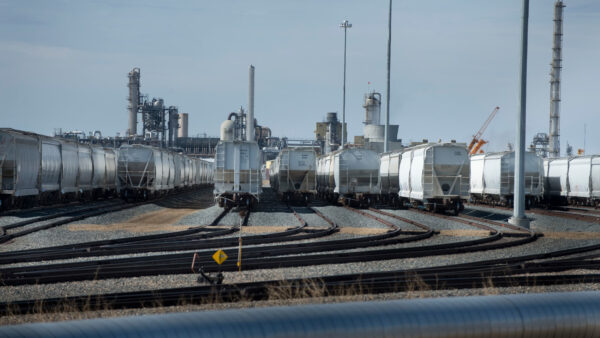A $6.5m project funded by the UK’s Engineering and Physical Sciences Research Council (EPSRC) aims to develop robots and drones that can automatically repair the urban fabric of cities.
The research, which is taking place at Leeds University, will “develop small robots to identify problems with utility pipes, street lights and roads and fix them with minimal environmental impact and disruption to the public”.
The project will focus on three areas:
- Perch and repair Drones that can alight, like birds, on structures and perform tasks such as replacing bulbs in streetlights.Â
- Perceive and patch Drones that are able autonomously to inspect, diagnose, repair and prevent potholes in roads.
- Fire and forget Robots that operate within live utility pipes such as sewers, performing inspection, repair, metering and reporting tasks.
The team will work with Leeds City Council and the UK Collaboration for Research in Infrastructure and Cities to ensure that the robots are tested before being trialled in Leeds.
The project is part of wider $33m “engineering grand challenges” research, which aims to tackle some of the larger problems facing science and engineering.
Phil Purnell, a professor at Leeds University’s School of Civil Engineering, said: “We want to make Leeds the first city in the world to have zero disruption from street works. Â
“We can support infrastructure that can be entirely maintained by robots and make the disruption caused by the constant digging up the road in our cities a thing of the past.”
Rob Richardson, director of the National Facility for Innovative Robotic Systems at the university, said: “Detecting faults and weaknesses early and then quickly performing smart repairs is the key.  Â
“Our robots will undertake precision repairs and avoid the need for large construction vehicles in the heart of our cities. We will use the unique capabilities of our robotic facility to make new, more capable robots.”
Image via Leeds University’s Facebook page
Comments
Comments are closed.











Eventually these brainiacs are going to figure out the payload fraction of propeller driven aircraft is 1/3-1/2 times the weight of the craft so ‘swarming’ any kind of payload is nuts, especially construction materials. The payload ratio of wheeled vehicles 10x better (2-3x tare) so pairing self-driving trucks with terrestrial robots is far cheaper and more energy efficient.